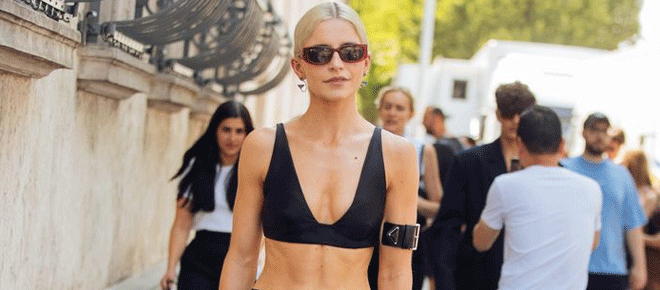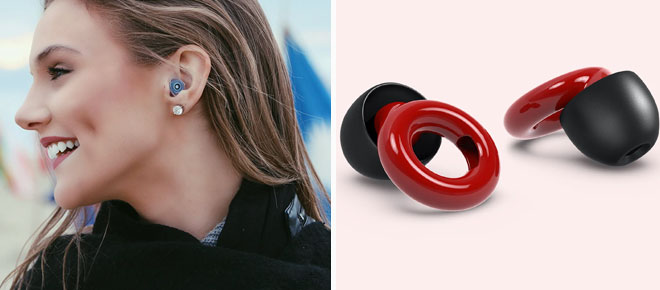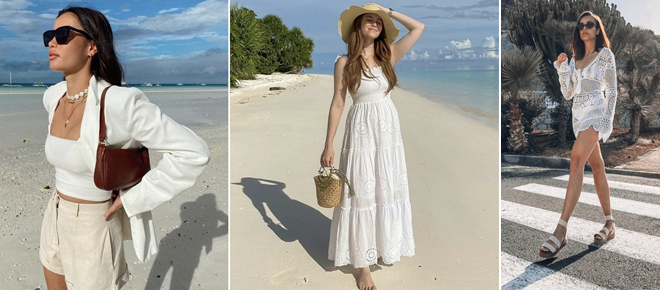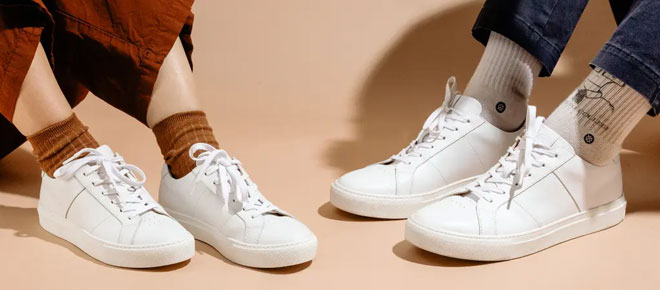Exploring Different Bra Materials and Their Benefits

Whether you’re making a simple everyday bra or something more elaborate, the fabric you choose makes a difference. This guide will take a look at the different fabrics and their benefits.
Modal fabric is a plant-based textile that’s soft and moisture-wicking. It’s often blended with cotton or spandex to add elasticity.
Cotton
Cotton is one of the most common bra materials, it’s soft and comfortable against your skin and is breathable. Cotton bras are a great option for everyday wear, especially for women with sensitive skin or those prone to rashes. This fabric is also machine washable, making it easy to care for and clean.
Although cotton is a great fabric, it doesn’t offer much support, which can be an issue for larger chests. That’s why cotton is often combined with other fabrics to provide more support and shape. For example, cotton is often used in bralettes and t-shirt bras. However, it’s important to note that cotton doesn’t stretch as well as other fabrics, so you might need to use a smaller needle when sewing with this fabric.
Lace and cotton each have unique benefits as bra fabrics. Lace provides sensual allure and visual beauty, while cotton offers unparalleled comfort and breathability. It’s important to assess your lifestyle and determine whether the romantic allure of lace or the casual comfort of cotton is the better choice for you.
While this blog is primarily focused on exploring the different types of fabrics you can use to make bras, there are other parts of a bra that must be made as well, such as the straps and adjusters, closure, channels, padding, lace, embroidery, etc. So, be sure to check out our other blog posts about the different types of notions you’ll need for each step in this process! Explore a variety of essential materials and accessories at Brabar, and enhance your bra-making experience with potential savings by using a Brabar coupon for your purchases.
Modal
Modal is a type of regenerated cellulose fabric made from beech trees (Fagus sylvatica and Fagus grandifolia). It’s similar to regular viscose rayon fabric, but it’s softer, stronger, more breathable, and more stretchy. It also holds its shape better, and it gets softer with every wash.
It’s 50% more absorbent than cotton, and it’s great for wicking away sweat and keeping you cool, especially during workouts. It’s also highly breathable, so you won’t get too hot while wearing it. And it’s super soft, so it feels like silk on your skin.
Another benefit of modal is that it’s color-resistant and doesn’t fade easily, so your modal bras will keep their bright, soft colors for years to come. It’s also sustainable because modal uses less water than cotton and is produced using a closed-loop solvent system that produces less toxic waste.
All these benefits make modal ideal for your post-mastectomy bra. You can use it long after your surgery to avoid back pain and support your nipples, as well as during recovery for exercises that require gentle pressure on your nipple area. And, since the modal is so soft and comfortable, it can even be worn as nightwear. Choose a wire-free modal bra with premium quality padding for extra comfort and a barely-there feel. The soft material won’t put any pressure on your areolas or nipples and will provide great support for your new shape.
Elastic
If you want to make a bra that will be as comfortable and functional as possible, you’ll need to select fabric for the cups and band that will reduce the amount of stress placed on them. This is because stress is the measurement of the amount of force applied to a material and it will increase with increased pressure.
For the cups, a high-quality stretchy, and breathable fabric is essential. One option is cotton, which is a natural fabric that feels soft against the skin and provides good support for larger breasts. It’s also a relatively inexpensive fabric, and it can be sewn using standard machines.
Another option is modal, which is a plant-based fabric that feels soft and luxurious against the skin. It’s often blended with other fabrics to add strength and elasticity, making it ideal for bra cups.
Finally, there’s charmeuse, which is a high-end silk fabric that’s typically used for the outer bands and bridge of bras. It has a smooth satin surface that’s comfortable against the skin and can give your bras an exclusive look. It’s stiff enough to hold its shape but still soft, and it comes in a variety of colors. For a more budget-friendly alternative, you can also use a duplex, which is a low-stretch polyester fabric that requires no lining and has little to no mechanical stretch on the cross-grain but plenty of elasticity lengthwise. Explore these fabric options and more at Brabar, and enhance your lingerie-making experience with potential savings by using Apparel and clothing Coupons for your purchases.
Satin
Known for its softness, draping ability, and high shine, satin is used in bras, lingerie, and pajamas. It's also breathable and moisture-wicking, which can help keep skin cool and dry. It can be mixed with other materials to add strength and elasticity, such as cotton or spandex, to create bras that fit well, look good, and feel comfortable.
Bra materials mustn’t irritate the skin, and some types of material have chemicals that can cause this. Rashes can also result from bras that don’t move moisture away from the body, so it's important to try on bras in different sizes before buying them.
Spandex is a synthetic material that's often used in the cups of bras due to its elasticity and can be woven with cotton or polyester. It's quick-drying, doesn’t rip easily, and is resistant to sunlight and chemical damage. It's usually mixed with other fabrics when used for lingerie and underwear but is commonly found in the bands of everyday comfort or T-shirt bras.
Plush is a soft, basic elastic fabric that's used in the band of bras and panties. It has a delicate picot edge and is soft against the skin. It's also a great choice for light linings in bralettes or nighties and can be paired with back lace to maintain a lightweight appearance. Another option is power mesh, a fine, stretchy material that's used in foundation garments to provide strength and support, such as panties or body girdles.
Plush
The plush fabric used in bras is a soft, comfortable, and stretchy material that provides good support. It is also breathable and easy to wash. This is one of the most popular bra materials that can be found in any type of lingerie.
Padded bras often use different fabrics for the lining and outer layer, which can make them feel more luxurious and provide an extra level of comfort. For example, a lightweight double knit like cotton interlock may be used to line the cups, while stretchy fabric with very little give like nylon simplex is used for the outer layer.
Silk is another luscious, luxurious fabric that can be found in high-end bras. It is warm, soft, and absorbent and is a great choice for colder climates. It is also available in a wide variety of colors, so you can find the perfect match for your outfit.
Stainless steel is commonly used for making bra adjusters because it is sturdy, not easy to rust, and has a long life span. Plastics can also be used, but they are not as durable as metal.
The black nylon underwire casing is a plush fabric with a channel that the underwire slides through. It is a thick fabric that has a soft, body-facing side for comfort and a smooth, satin front to give the bra a finished look. It is sewn around the edges of the cup to hold the underwire and help it curve.
Power Mesh
Foil power mesh adds a beautiful metallic sheen that is eye-catching. It's perfect for adding a statement piece to lingerie and activewear. The foil design is also breathable and lightweight which makes it comfortable for wearing. It's also great for lining compression garments and can be used in swimwear.
Power mesh feels similar to tulle and has a 4-way stretch. It's often used to make dancewear and costume apparel due to its flexibility and breathability. It's also durable and offers good recovery. It's available in a range of weights measured by grams per square meter (GSM) or ounces per square yard (oz/yd2) and comes in a variety of colors to complement any style.
There are different types of power mesh, some are more firm than others, like the kind you might find in girdles, or the sides of Vivienne Westwood corsets. It's a good choice for making bustiers. You can use it as a base layer to support lace or sheer panels. It's also the type of fabric you might want to line bra backs with.
You can also use power mesh for other types of lingerie and activewear. Mix it with lace and other lightweight fabrics to create one-of-a-kind pieces. For example, you could combine power mesh with lightweight stretch velvets to make a unique skirt. You could even line a jersey tee with it or add it to the cuffs of a dress made from solid fabric.
Conclusion
Choosing the right bra material is essential for comfort and support. Materials like cotton and bamboo are breathable and hypoallergenic, while spandex and nylon provide stretch and durability. For specialized needs, materials like silicone and memory foam offer unique benefits. By considering the benefits of different materials, you can find the perfect bra for your body and lifestyle.











